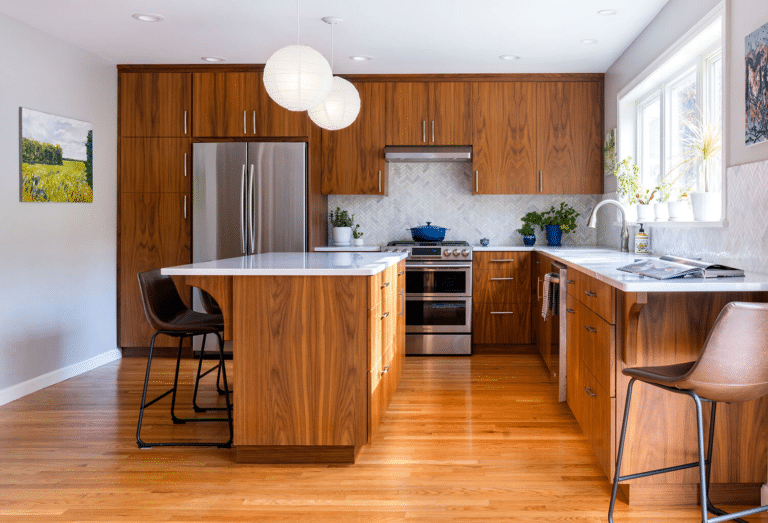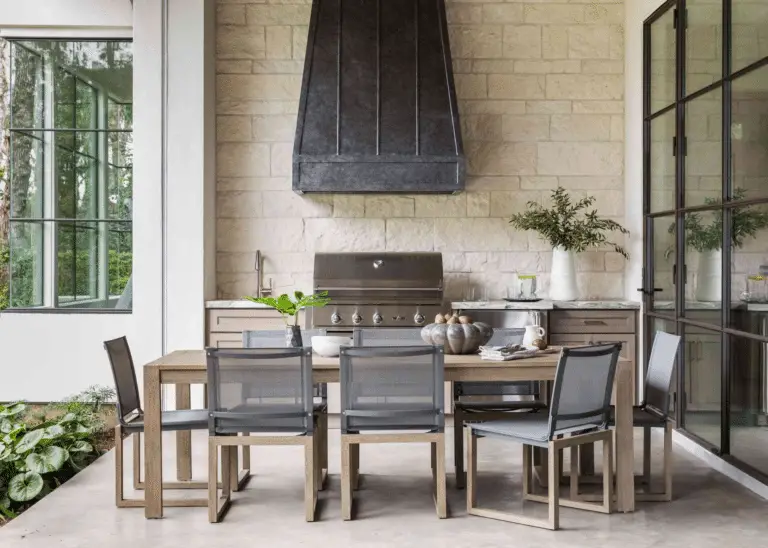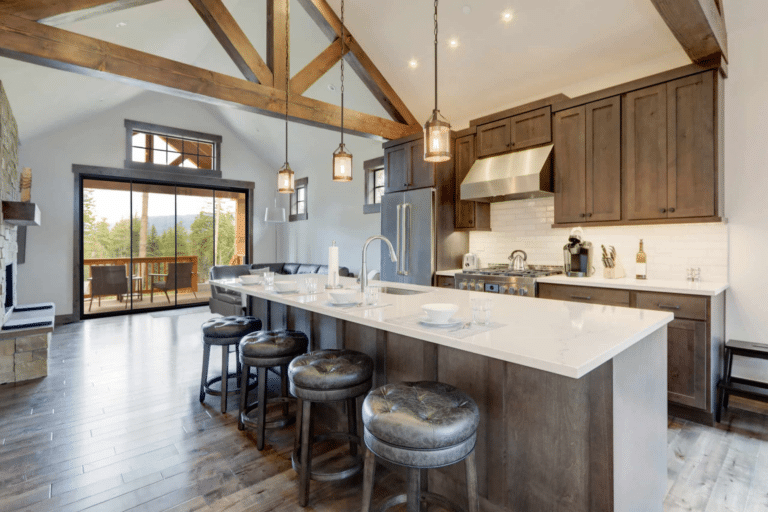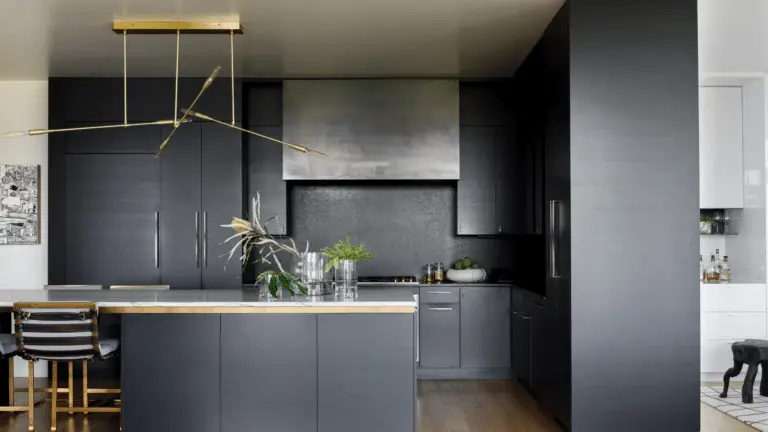Hey there! Have you ever considered incorporating Asian-inspired bamboo elements into your kitchen design? Bamboo holds a significant place in Asian cultures and is known for its sustainability and eco-friendliness. From cabinets to countertops, bamboo can add a unique touch of warmth and aesthetics to your space.
In this blog post, we’ll delve into the benefits of bamboo in kitchen design, showcase inspiring examples, and offer practical tips on implementing bamboo into your own kitchen. Let’s explore the fusion of functionality and aesthetics in Asian-inspired bamboo kitchen design ideas!
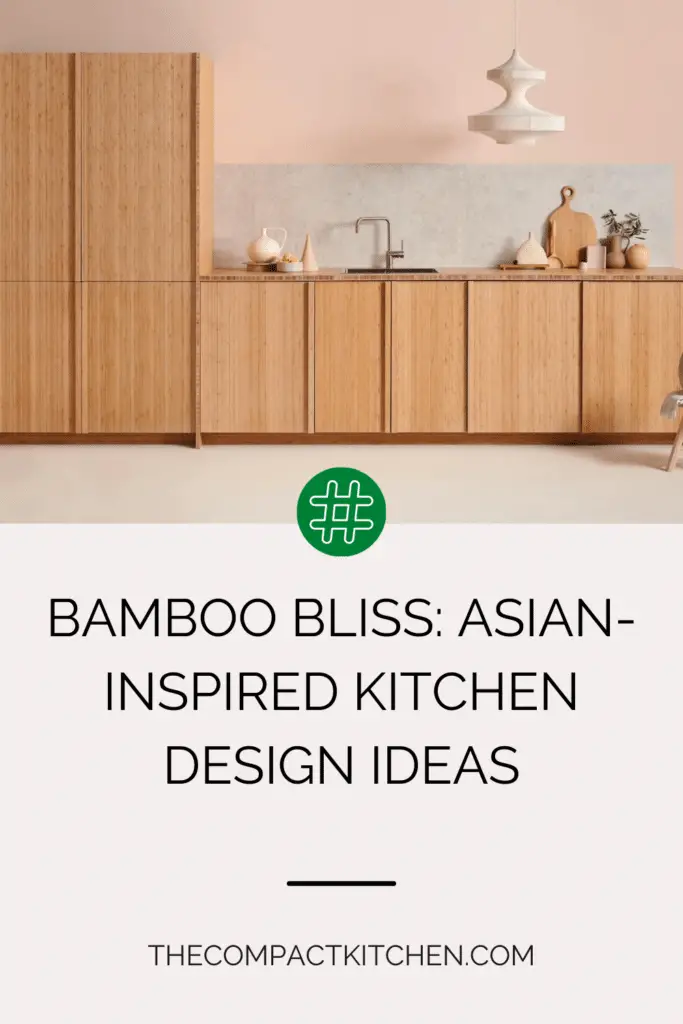
Introduction to Asian-Inspired Bamboo Kitchen Design
When it comes to designing a kitchen, there are endless possibilities to explore in terms of materials, styles, and themes. One particular trend that has been gaining popularity in recent years is Asian-inspired bamboo kitchen design. Bamboo holds a significant place in Asian cultures, symbolizing strength, flexibility, and sustainability. In this section, we will delve into the importance of bamboo in Asian cultures and its role as a sustainable and eco-friendly design material.
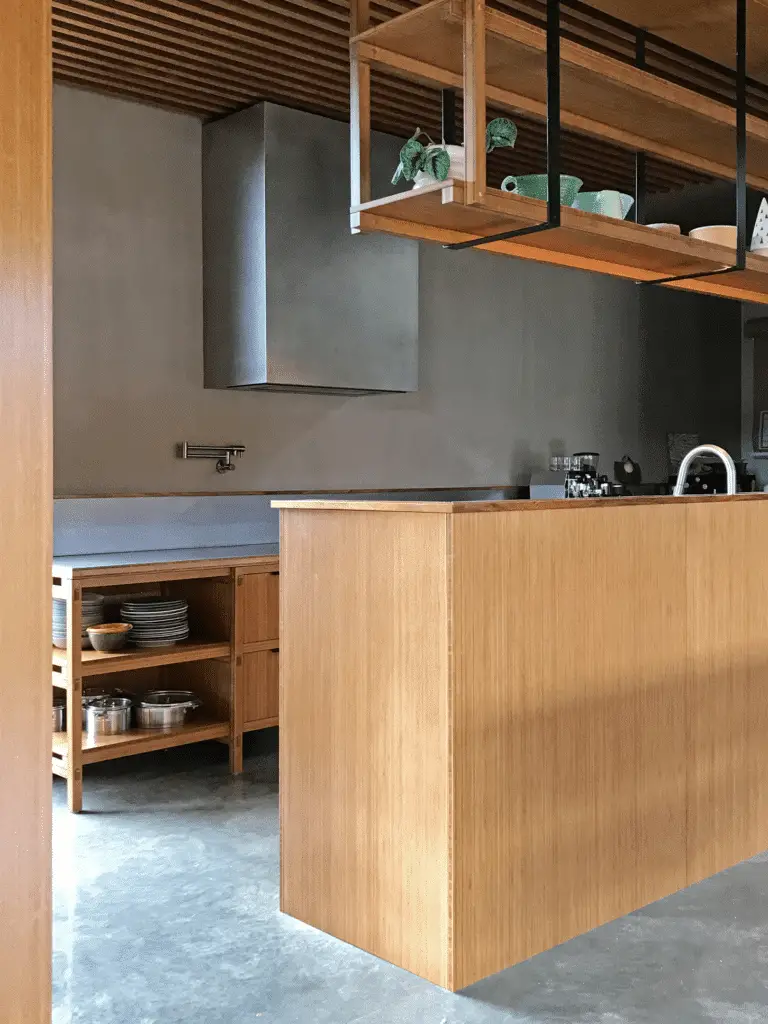
Bamboo has been used for centuries in Asian cultures for various purposes, including construction, furniture, and utensils. Its rapid growth rate and renewability make it an ideal choice for those looking to incorporate eco-friendly elements into their kitchen design. By using bamboo in your kitchen, you not only add a touch of Asian culture but also contribute to a more sustainable environment.
The significance and popularity of Bamboo in Asian cultures
Bamboo has deep-rooted significance in Asian cultures, symbolizing strength, flexibility, and resilience. Its fast growth rate and versatility make it a highly sustainable material that is widely utilized in various aspects of daily life. In the realm of kitchen design, bamboo brings a touch of nature and tranquility, creating a harmonious and soothing environment.
Bamboo: A sustainable and eco-friendly design material
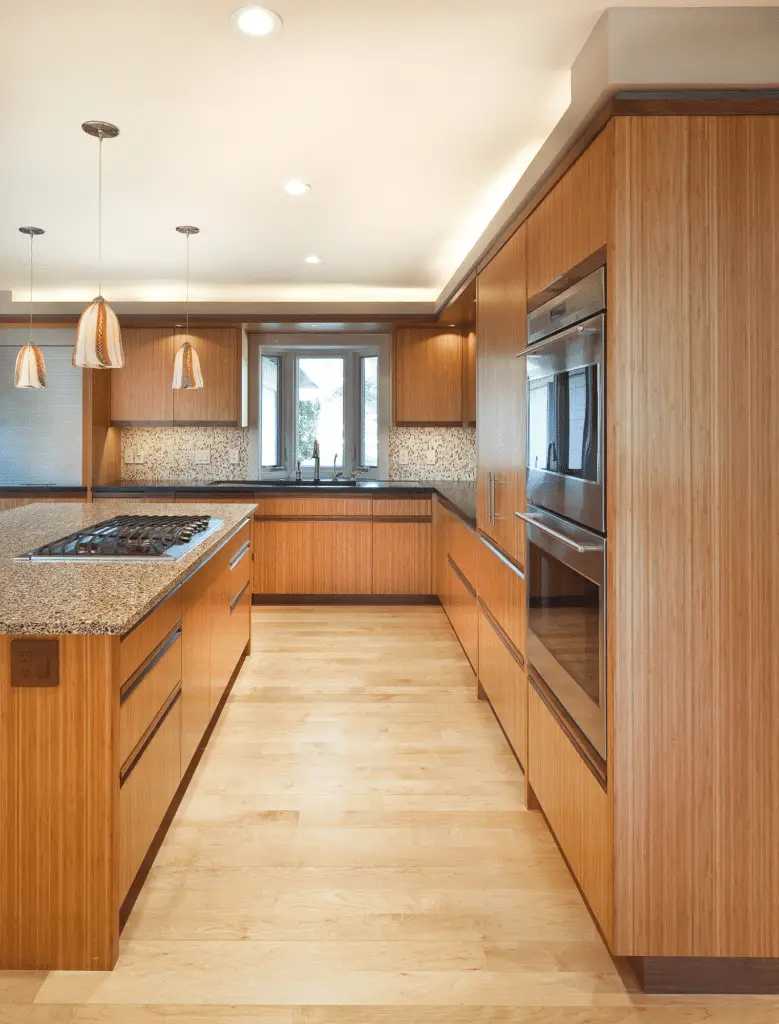
As a renewable resource, bamboo is an excellent choice for those looking to design an eco-friendly kitchen. Its durability and strength make it a practical material for cabinets, floors, backsplashes, and countertops. By incorporating bamboo into your kitchen design, you not only add a touch of Asian-inspired aesthetics but also contribute to a more sustainable and environmentally conscious lifestyle.
Elements of Asian-Inspired Bamboo Kitchen Design
When it comes to creating an Asian-inspired bamboo kitchen design, there are key elements that can help you achieve the perfect balance of functionality and aesthetics. Bamboo, a material deeply intertwined with Asian cultures, is commonly used in kitchen design for its sustainable and eco-friendly properties. Let’s delve into the different components that make up this unique and welcoming kitchen style.
Common Use of Bamboo in Kitchen Fixtures
One of the most prominent features of an Asian-inspired bamboo kitchen is the incorporation of bamboo in various fixtures. From cabinets to floors, backsplashes, and countertops, bamboo adds a touch of natural warmth and charm to the space. Bamboo cabinets not only bring a sense of tranquility to the kitchen but also provide durability and resilience, making them an excellent choice for storage.
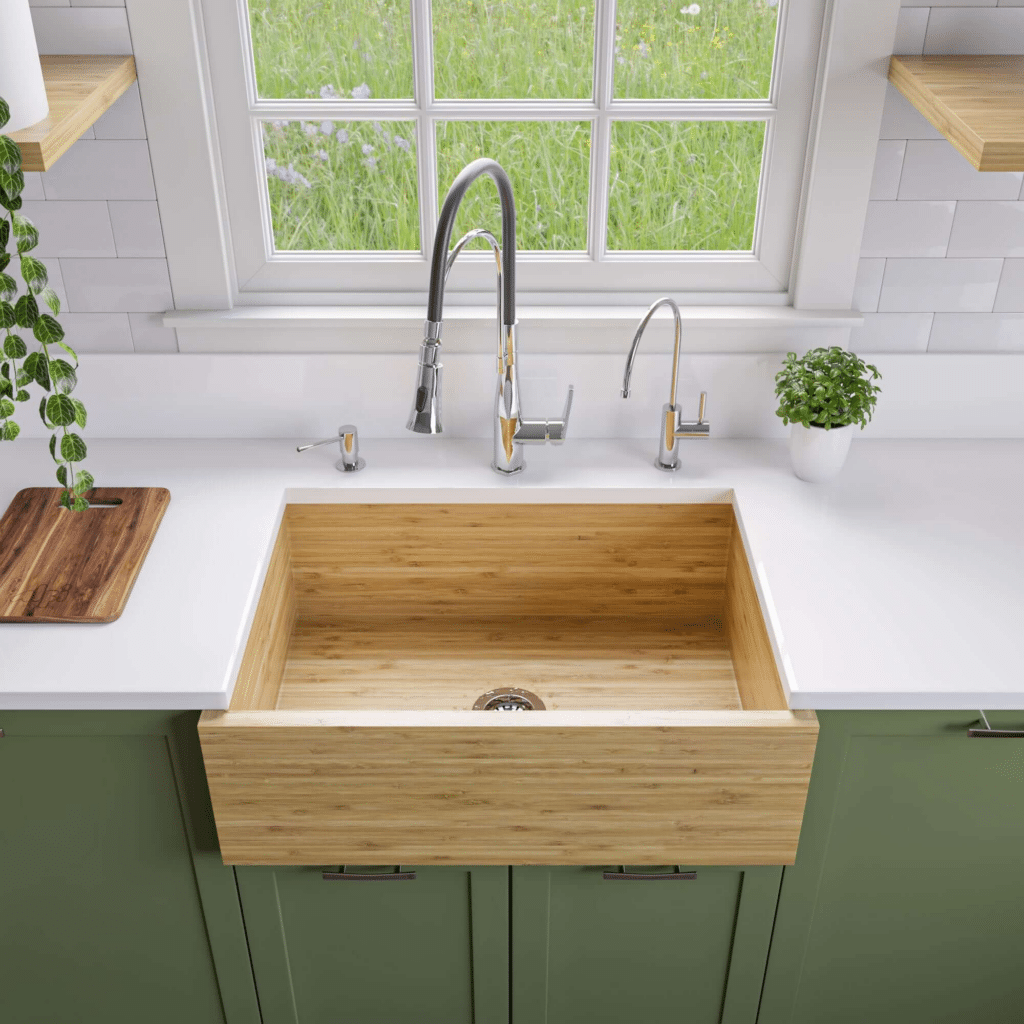
For flooring, bamboo offers a sustainable alternative to traditional hardwood, with its unique striated texture adding visual interest to the kitchen. The use of bamboo in countertops and backsplashes further enhances the cohesive and organic feel of the design, tying the elements of the kitchen together seamlessly.
Fusion of Functionality and Aesthetics
What sets Asian-inspired bamboo kitchen design apart is the emphasis on merging practicality with visual appeal. Functionality is key in any kitchen space, and bamboo allows for the creation of versatile and efficient design solutions. From ample storage in bamboo cabinets to easy-to-maintain bamboo countertops, every aspect of the kitchen is thoughtfully designed to enhance usability.
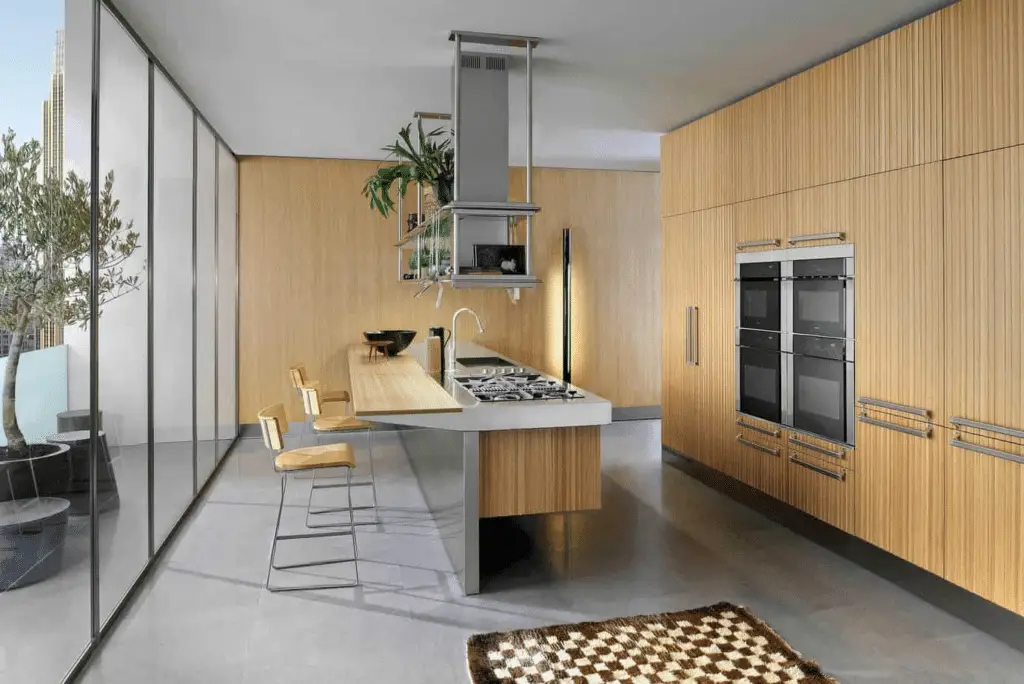
At the same time, the aesthetic aspects of the design are not compromised. The natural beauty of bamboo, with its warm tones and distinctive grain patterns, adds a cozy and inviting atmosphere to the kitchen. By integrating bamboo into the design, you can create a space that not only functions well but also exudes a sense of serenity and harmony.
Overall, the key to achieving a successful Asian-inspired bamboo kitchen design lies in finding the perfect balance between functionality and aesthetics, creating a space that is not only beautiful but also highly practical and efficient.
Benefits of Bamboo in Kitchen Design
When it comes to designing a kitchen with an Asian-inspired theme, incorporating bamboo can bring a plethora of benefits that go beyond just aesthetics. Let’s delve into why choosing bamboo for your kitchen fixtures can be a wise decision.
Durability and Resilience
One of the standout qualities of bamboo is its remarkable durability and resilience. Bamboo is known to be even harder than some hardwood materials, making it an ideal choice for kitchen cabinets, floors, and countertops that endure daily wear and tear. Its strength and ability to withstand heavy use make bamboo a long-lasting investment for your kitchen.
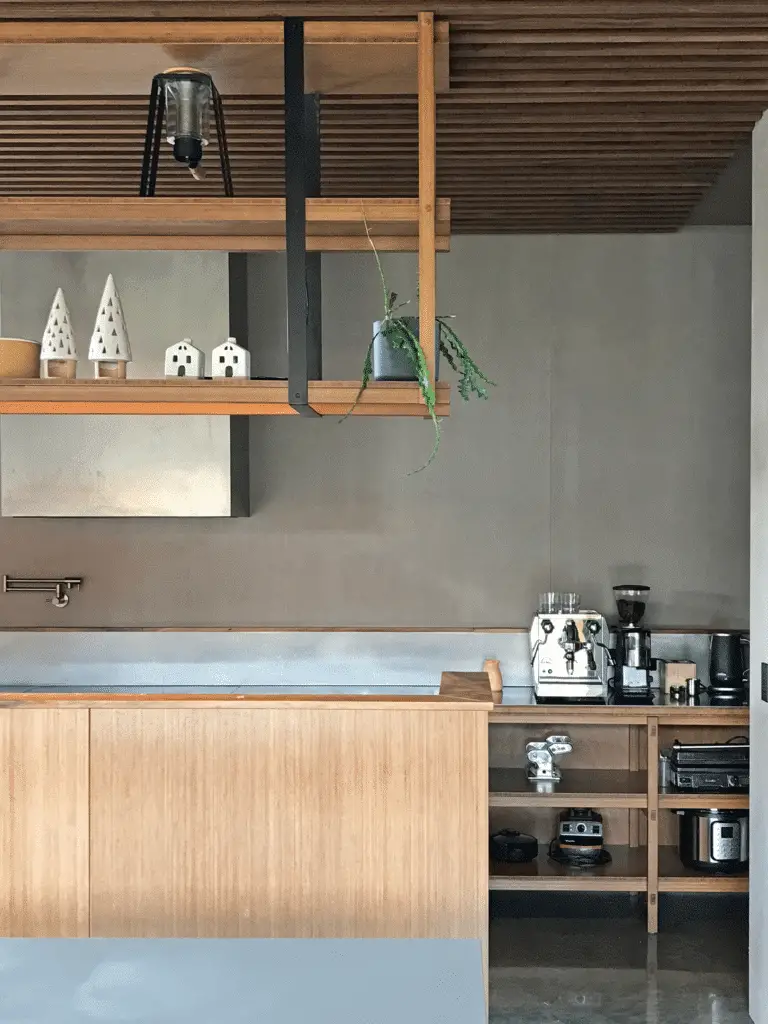
Furthermore, bamboo is naturally resistant to moisture, which is crucial in a space like the kitchen where spills and splashes are commonplace. This resistance to moisture helps prevent warping, swelling, and mold growth, ensuring that your kitchen fixtures remain in excellent condition for years to come.
Unique Texture and Aesthetic Appeal
Aside from its practical benefits, bamboo also brings a unique texture and aesthetic appeal to your kitchen design. The natural grain patterns and warm tones of bamboo create a cozy and inviting atmosphere in the space, adding a touch of tranquility and serenity to your kitchen.
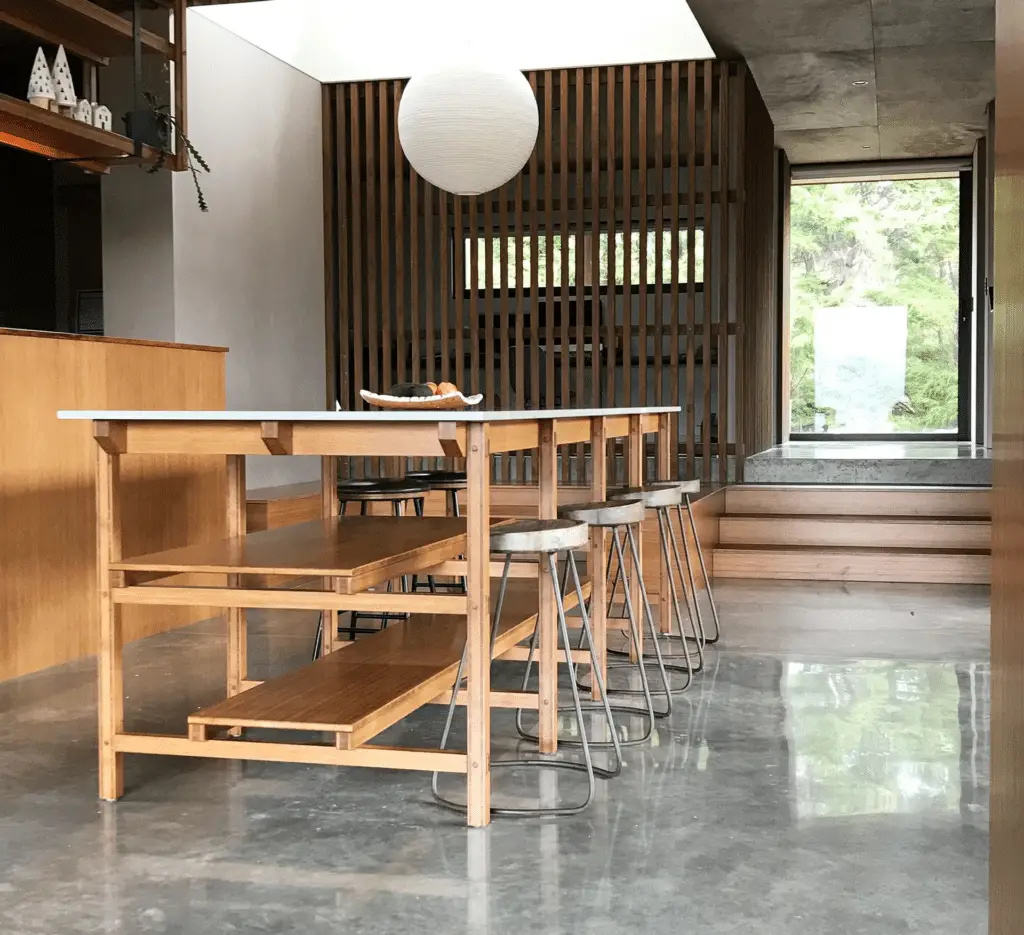
Whether used for cabinets, floors, or backsplashes, bamboo infuses a sense of Asian culture and nature into your kitchen, making it a harmonious and peaceful environment for cooking and gathering. The visual appeal of bamboo can transform your kitchen into a serene sanctuary where functionality meets beauty seamlessly.
Overall, the durability, resilience, unique texture, and aesthetic charm of bamboo make it a standout choice for anyone looking to create an Asian-inspired kitchen design that is both functional and visually striking. By incorporating bamboo into your kitchen fixtures, you can enjoy a space that not only looks beautiful but also stands the test of time.
Inspiring Examples of Bamboo Kitchen Designs
Asian-inspired bamboo kitchen designs are a unique and beautiful way to bring a touch of nature and culture into your home. By incorporating bamboo elements into your kitchen, you can create a warm and cozy space that is both functional and aesthetically pleasing. Let’s take a look at some inspiring examples of bamboo kitchen designs that showcase the versatility and beauty of this sustainable material.
Minimalist Japanese-Inspired Design
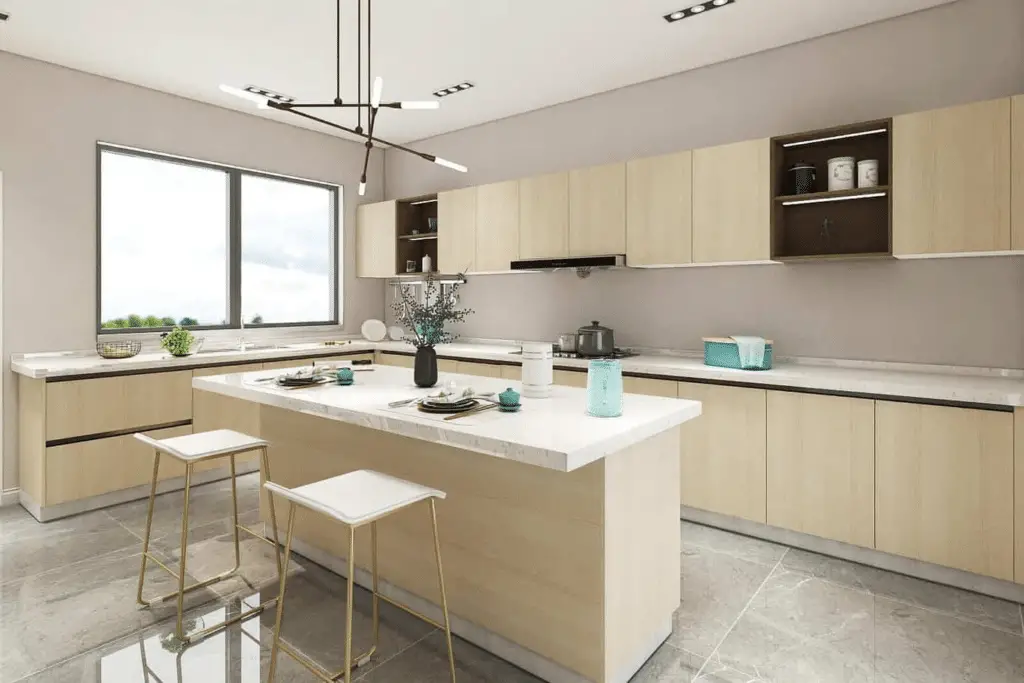
This kitchen features sleek bamboo cabinets and countertops, creating a minimalist and clean look. The use of natural bamboo adds warmth to the space, while the simple design elements emphasize functionality and efficiency. The light color of the bamboo contrasts beautifully with the dark hardwood floors, creating a harmonious and serene atmosphere.
Balinese Tropical Oasis
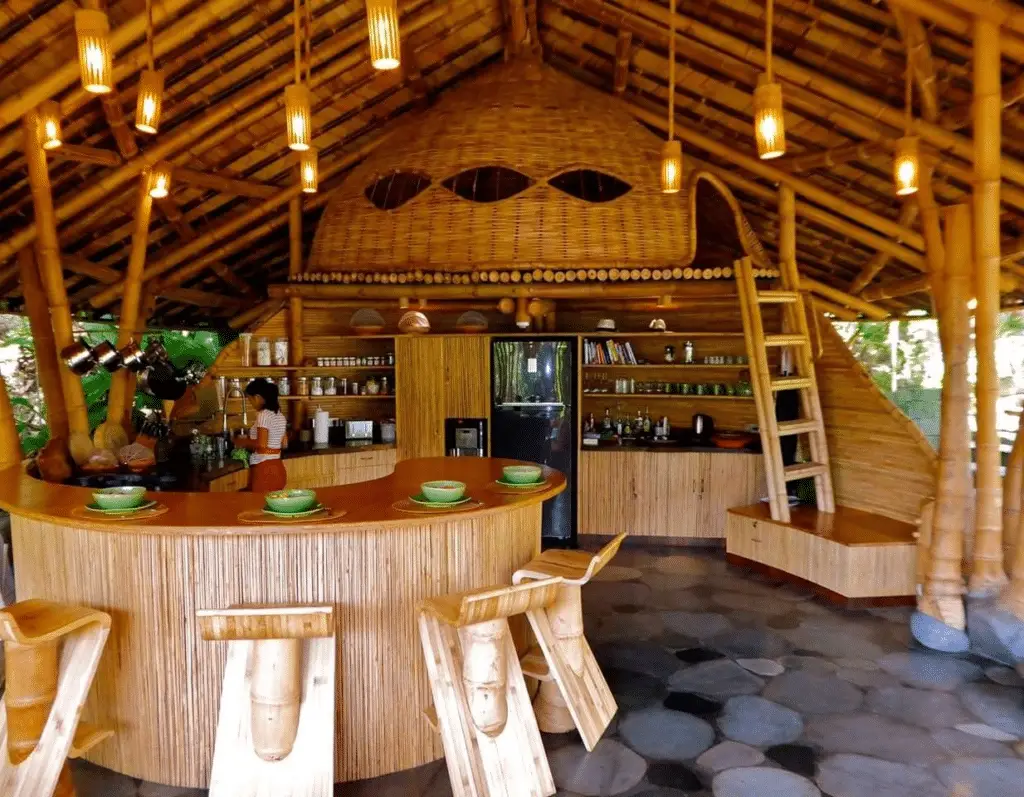
In this outdoor kitchen design, bamboo is used to create a tropical oasis inspired by Balinese architecture. The bamboo cabinets and backsplash bring a touch of the exotic to the space, while the rich green accents and plants add a pop of color and life. With a large island for food preparation and entertaining, this kitchen seamlessly blends indoor and outdoor elements for a truly unique experience.
Modern Chinese Fusion

This kitchen combines modern design elements with traditional Chinese motifs to create a truly unique space. The bamboo flooring and ceiling beams add a sense of history and culture to the room, while the sleek stainless steel appliances and fixtures bring a contemporary touch. The harmonious fusion of old and new creates a dynamic and visually stunning kitchen that is both functional and beautiful.
These examples showcase the creative ways in which bamboo can be incorporated into kitchen design to create a space that is not only aesthetically pleasing but also functional and sustainable. By choosing the right elements and colors, you can create a kitchen that reflects your personal style and enhances the overall atmosphere of your home.
Tips for Implementing Bamboo into Your Own Kitchen Design
So, you’ve been inspired by the beautiful and eco-friendly Asian culture kitchen designs incorporating bamboo, and you want to bring that aesthetic into your own space. Here are some tips to help you seamlessly integrate bamboo into your kitchen without losing the essence of the space.
Choose the Right Type and Color of Bamboo
When it comes to incorporating bamboo into your kitchen design, it’s essential to consider the type and color of bamboo that will best complement your overall aesthetic. Bamboo comes in various shades, from light natural tones to darker, more caramel hues. Think about the existing color scheme of your kitchen and choose a bamboo color that will enhance the space rather than clash with it.

Additionally, consider the type of bamboo you want to use. Different types of bamboo have unique textures and patterns that can add visual interest to your kitchen design. Whether you opt for solid bamboo countertops, bamboo flooring, or bamboo cabinets, ensure that the type you choose aligns with the overall look and feel you want to achieve.
Integrate Bamboo Thoughtfully
When incorporating bamboo into your kitchen design, it’s crucial to do so thoughtfully to ensure a cohesive and harmonious look. Consider using bamboo in strategic locations, such as in cabinet doors, drawer fronts, or as an accent on a kitchen island. By incorporating bamboo in key areas, you can elevate the design without overwhelming the space.
Furthermore, consider mixing bamboo with other materials to add depth and dimension to your kitchen design. Combining bamboo with materials like stone, metal, or glass can create a dynamic and visually appealing look that merges functionality with aesthetics.
Consider the Longevity of Bamboo
One of the key benefits of incorporating bamboo into your kitchen design is its durability and resilience. Bamboo is known for its strength and longevity, making it an excellent choice for high-traffic areas like the kitchen. When selecting bamboo fixtures for your kitchen, such as cabinets or flooring, prioritize quality and ensure that the bamboo is sustainably sourced and well-constructed to withstand daily use.
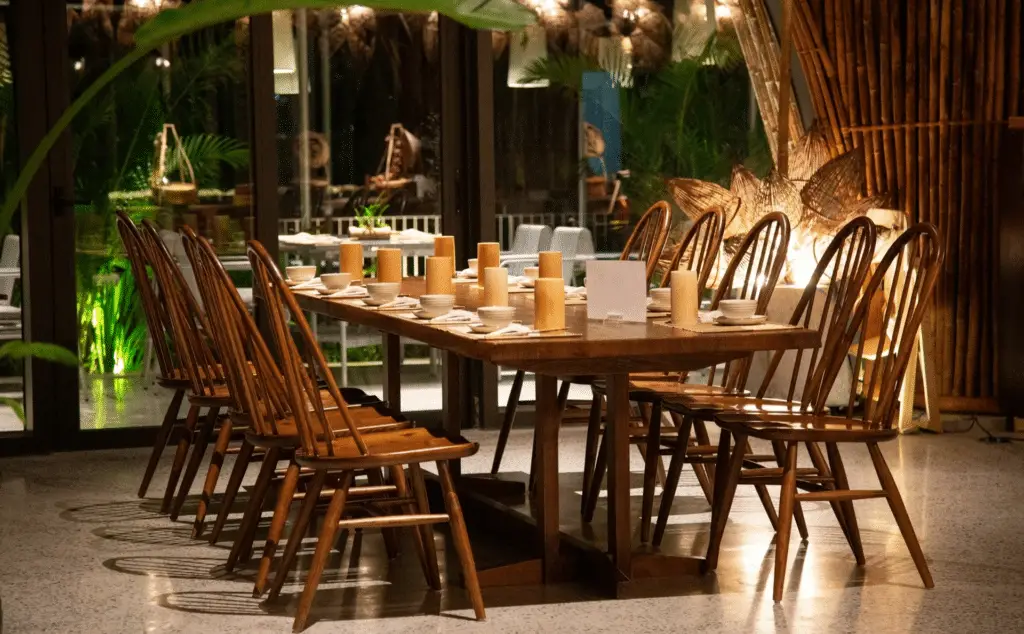
By considering the longevity of bamboo in your kitchen design, you can create a space that not only looks beautiful but also stands the test of time, ensuring that your investment is both sustainable and functional.
Integrating bamboo into your kitchen design can bring a touch of Asian-inspired elegance and eco-friendliness to your space. By following these tips and choosing the right type, color, and placement of bamboo, you can create a kitchen that embodies the warmth and beauty of Asian culture while maintaining functionality and style.
Time to Bring Bamboo Vibes into Your Kitchen!
Incorporating Asian-inspired bamboo design elements can truly elevate your kitchen’s style and functionality. From cabinets to countertops, bamboo brings durability and a cozy ambiance to your space. With the right tips and guidance, you can create a kitchen that exudes warmth and beauty.
So, why not join the bamboo craze and transform your kitchen into a vibrant and sustainable haven? Let your creativity flow and enjoy the soothing vibes of bamboo in your Asian-inspired kitchen!





